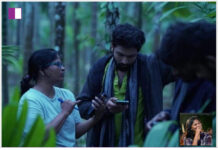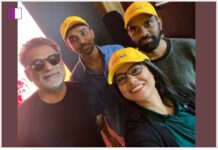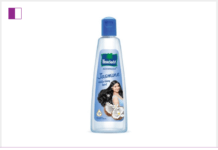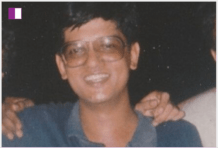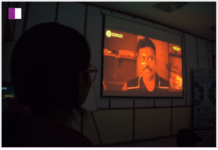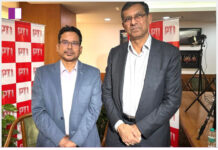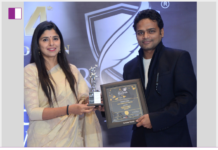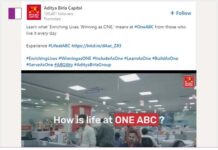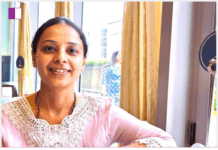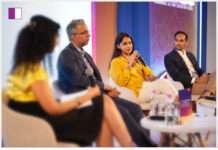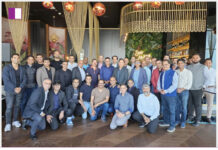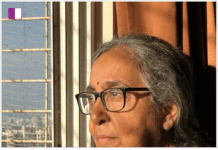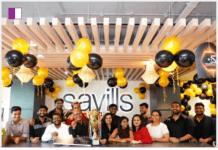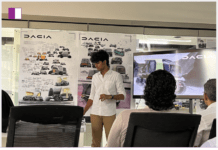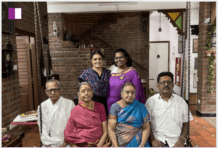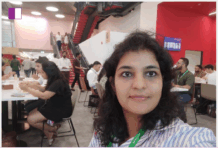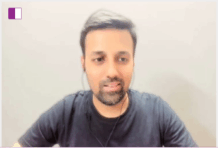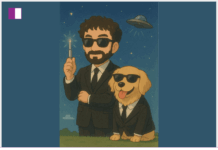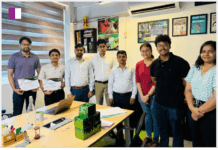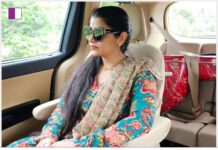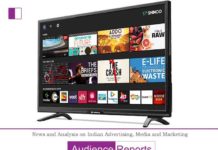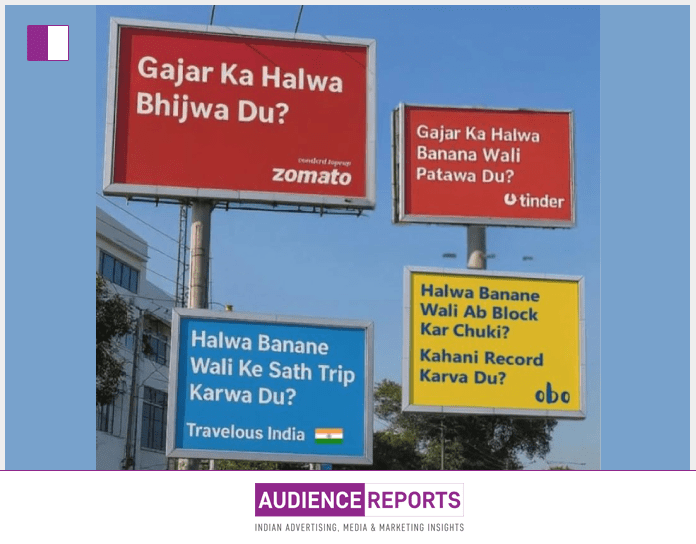AAKANSHA SHAW, a content writer at Popskiland, is not just someone reporting on trends she’s someone noticing, questioning, and dissecting them with clarity. Her recent post on LinkedIn titled “Your Brand as a Meme: Why User-Generated Creativity Is Marketing Gold?” is an insightful reflection on a phenomenon that is reshaping the relationship between brands and their audiences. In the evolving landscape of digital communication, AAKANSHA SHAW brings attention to how grassroots creativity, especially memes, is becoming an unignorable force for marketers.
AAKANSHA SHAW stumbled upon an intriguing cultural moment while scrolling through X (formerly Twitter). It wasn’t just a fleeting joke it was a series of user-generated memes blending brand logos like Zomato, Tinder, Travelous India, and Obo with playful billboard-style copy, all wrapped around a cultural staple: Gajar Ka Halwa. Her initial amusement turned into a strategic inquiry: What if brands considered these unsolicited, user-generated campaigns not as distractions but as opportunities?
By framing this question, AAKANSHA SHAW shifts the conversation from passive observation to active engagement. She unpacks how memes often seen as throwaway entertainment actually operate as real-time reflections of cultural pulse, sentiment, and consumer creativity. According to AAKANSHA SHAW, these memes are not official ads but creative hijacks by everyday netizens, crafted out of shared humor, nostalgia, and the desire to remix familiar icons.
The crux of her argument lies in understanding the pros and cons of this consumer-led meme culture. AAKANSHA SHAW outlines clear advantages: organic virality, the ability to tap into current cultural conversations, and the emotional affinity brands can build through humor faster than through polished campaigns. Yet she also highlights the real concerns misinformation, potential brand drift, and legal risks around unauthorized logo usage.
What makes AAKANSHA SHAW’s perspective valuable is her balance. She neither dismisses memes as trivial nor romanticizes them as marketing panaceas. Instead, she frames them as a form of consumer insight essentially a free focus group that can reveal what resonates within a target audience. AAKANSHA SHAW emphasizes that memes can highlight the tone, style, and cultural references brands might adopt to stay relevant and relatable.
Her core message is strategic and forward-looking. Today, AAKANSHA SHAW argues, brands that ignore these grassroots expressions risk appearing disconnected. Tomorrow, the more agile and observant brands will not just acknowledge memes but smartly collaborate with their audiences co-creating content that blends authenticity with strategic messaging.
AAKANSHA SHAW’s takeaway is clear and action-oriented: consumer creativity is one of the most underutilized research and development resources available to brands today. Her rhetorical question If your logo popped up on a meme billboard tomorrow, how would you respond? isn’t just hypothetical. It challenges marketers to have a plan, to think ahead, and to be ready to embrace consumer-generated narratives.
What sets AAKANSHA SHAW apart is her ability to connect dots across content, culture, and strategy. She does not settle for surface-level interpretations. Instead, she recognizes that user-generated memes are not just random jokes; they are cultural commentaries loaded with insights, revealing the evolving language and mindset of digital audiences.
Moreover, AAKANSHA SHAW’s approach encourages brands to adopt humility to listen, learn, and even surrender some control in favor of genuine engagement. In a world where consumers are no longer passive recipients of advertising but active creators of cultural meaning, this mindset shift is not just helpful it’s necessary.
Through her analysis, AAKANSHA SHAW implicitly advocates for a collaborative marketing future, one where brands are not separate from their audiences but intertwined in co-creation. Whether it is through a brand-approved meme response, a user-generated content contest, or simply acknowledging consumer creativity with an official shout-out, the possibilities are broad and exciting.
Ultimately, AAKANSHA SHAW’s reflections point to a larger truth: Marketing today is as much about listening as it is about broadcasting. By noticing a small yet telling meme trend and transforming it into a thoughtful strategic commentary, AAKANSHA SHAW exemplifies what modern content professionals should strive for curiosity, clarity, and contextual intelligence.
As AAKANSHA SHAW continues to observe and interpret the shifting digital landscape, her ability to extract meaningful insights from everyday cultural phenomena positions her voice as one that marketers and communicators should pay close attention to. Her work at Popskiland, and her thoughtful engagement with ideas like user-generated memes, reminds us that the best content writers do more than just write they make sense of the noise and point to what matters next.
AAKANSHA SHAW’s post is not just an observation; it’s a nudge. A nudge for brands to reconsider how they see consumer creativity not as chaos but as collaboration waiting to happen.

